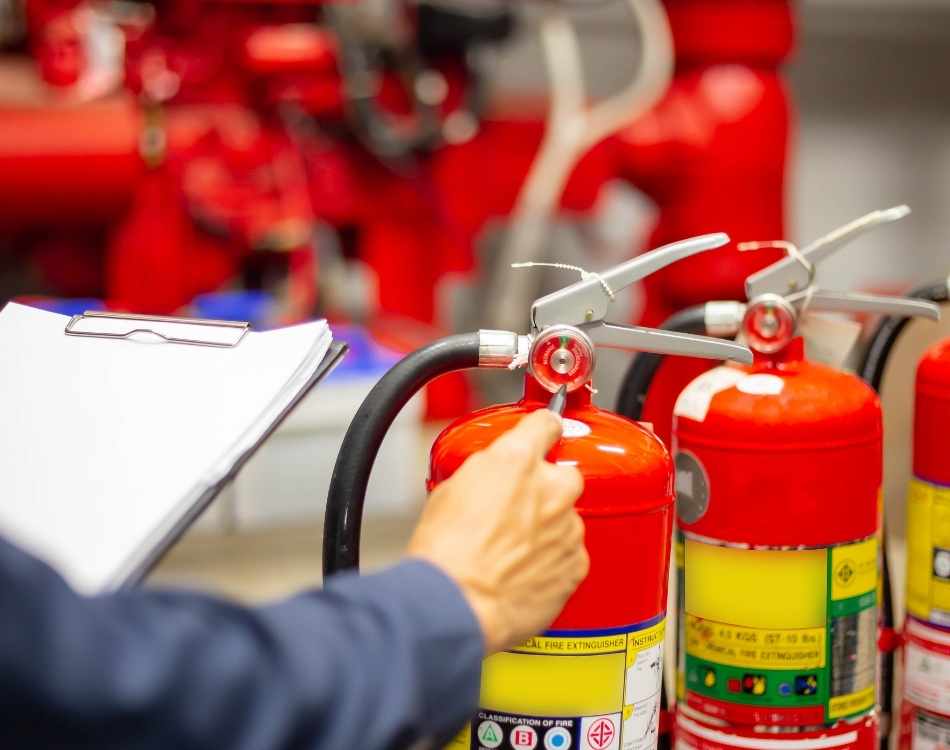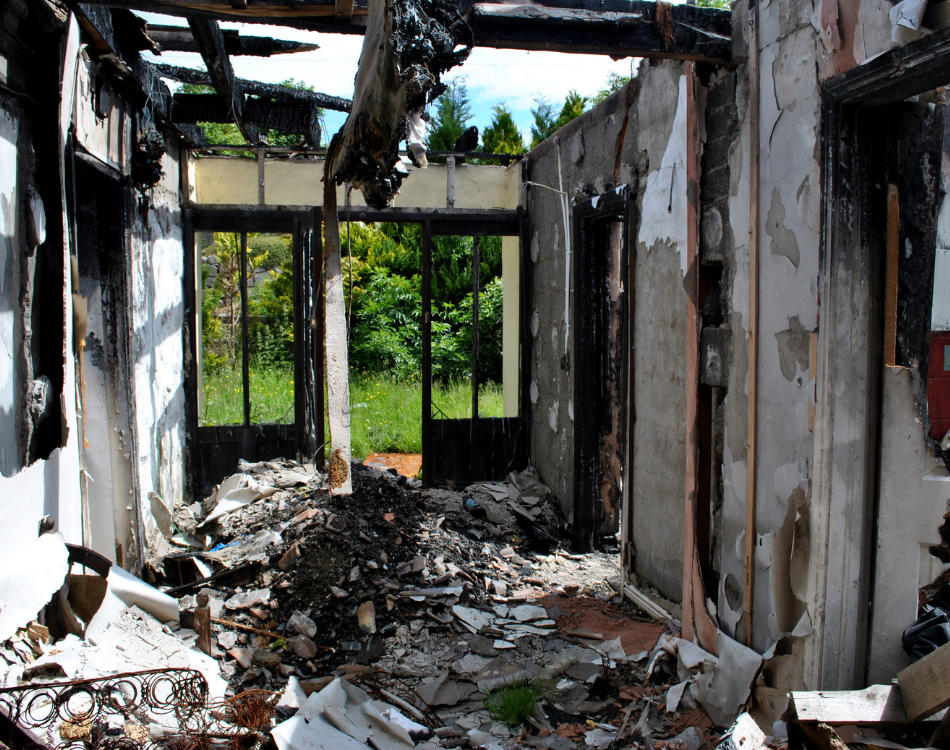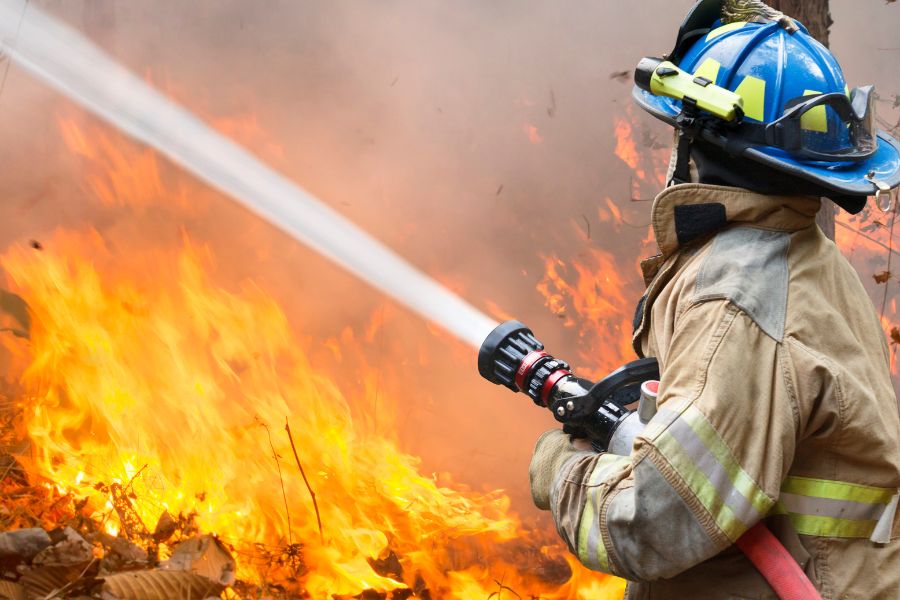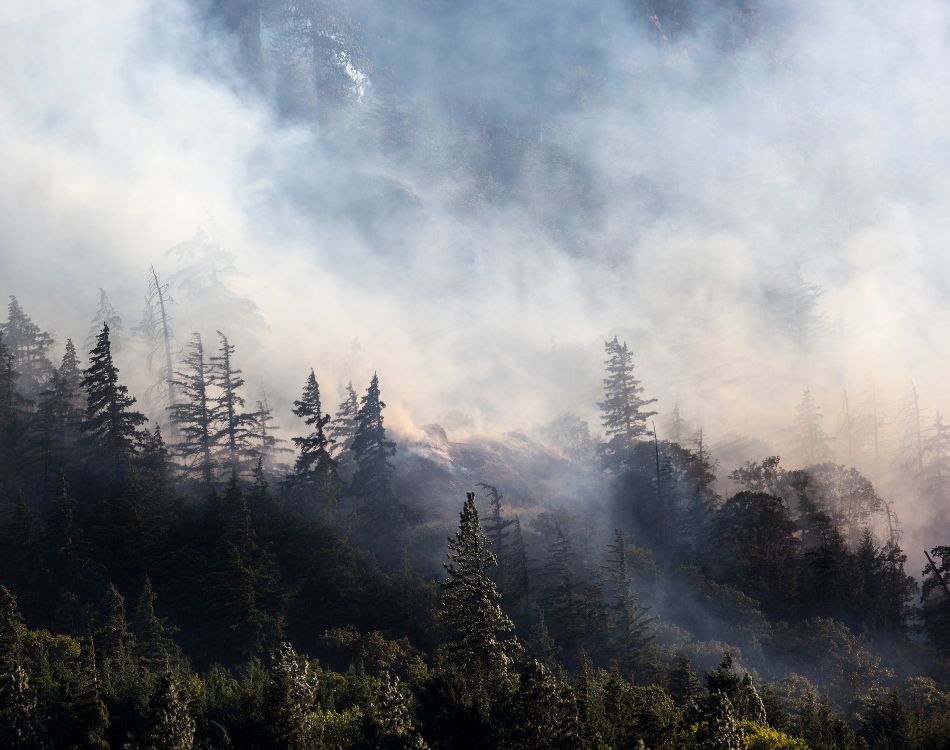
Wildfires are a common occurrence in the Lake Tahoe area. In order to protect your home and yard from potential damage, it is important to take some preventative steps. As restoration experts, we have found that there are a few simple steps you can take to help keep your home and yard safe during fire season.
Create Defensible Space
Defensible space is the area around your home that has been cleared of combustible materials. This space acts as a barrier between your home and the wildfire. Creating defensible space is one of the most important things you can do to protect your home from wildfire.
The first step in creating defensible space is to clear any dead vegetation within 30 feet of your home. This includes removing dead leaves, branches, and pine needles. If you have a woodpile, it should be located at least 30 feet from your house. You should also trim trees and shrubs so that they are no taller than ten feet and are not close to your roof or windows.
Additionally, keep a garden hose attached to an outdoor faucet and make sure it’s long enough to reach any part of your yard.
If there is a fire that looks like it may come near your home, be sure to also remove any other potential sources of fuel from your yard. This includes removing lawn furniture, garbage cans, and propane tanks. If you have a swimming pool or deck, make sure that the area around them is clear of debris and any other flammable materials.
Install Smoke Alarms
Another way to fire-proof your home is to install smoke detectors, fire alarms, and carbon monoxide detectors. These devices can alert you to a fire before it has a chance to spread. If your space is large enough, you might also consider adding fire sprinklers to your home.
Make sure that you also have fire extinguishers placed around your home, including inside your garage and any outdoor sheds.
Though these won’t necessarily protect against wildfires, they can make sure that you are alerted and can get out of your home if necessary.
Create An Evacuation Plan
Make sure that you have an evacuation plan in place in case of a fire. An evacuation plan includes a quick idea of items you will take with you when you leave, where you will go, and several routes you can take to get there. People often use the 5 P’s when creating an evacuation plan: People, Prescriptions, Papers, Personal Needs, and Priceless Items. Know what you must include in an evacuation and practice the plan with your family so that everyone knows what to do in the event of a fire. It’s not a bad idea to have your keys, wallet, passport, and phone in a place that is easily accessible during fire season.
For other important items, there are fireproof safes available for purchase that will keep irreplaceable paperwork and keepsakes safe in case you need to leave in a hurry.
Most importantly, ensure that you make a plan before fire season starts so that you are prepared in the case of an emergency and not scrambling to get a plan together at the last minute.
Stay safe this fire season!
By taking some simple precautions, you can help to protect your home and yard from potential fire damage. Create a plan and make sure everyone in your family is informed so that you can give yourself peace of mind knowing that you have done everything possible to prevent fire damage to your property.
continue reading
Related Posts
Fire damage to your home can be devastating. To ease the stress, we've put together the basic next steps to help you start repairs.
Wildfires are destructive forces of nature, leaving trails of devastation in their wake. They don't discriminate, ravaging landscapes, wildlife, and residential homes alike. When the unthinkable happens, and a wildfire affects your property, knowing the path to restoration can significantly help you regain a sense of normalcy and peace.
If you live in The Reno, Nevada or Lake Tahoe areas and are affected by wildfires, it's important to be aware of the damage that smoke can cause.




